At last, we are in La Rioja, a trip that Gary and I have been looking forward to for years.
Gradually, as we have grown older, we have been getting more into wine. We have learnt to appreciate the smells, flavours and textures. We are also becoming more adventures and open to try wines from countries and regions across the world, although, we must admit, that our favourite wines are still from La Rioja.
La Rioja wine region is divided into three; La Rioja Alta, with a colder climate which therefore produces stronger and more complex wines; La Rioja Baja, with a warmer climate which therefore produces softer and lighter wines, and finally, La Rioja Alavesa, which although being part of a different county (the Basque Country) produces the same quality of wines and it therefore has also gained the ‘Denominacion de Origen’ of La Rioja.
The valley sits between two mountain chains, Los Picos de Urbion and La Sierra de la Demanda. These mountains protect it from the cold and humid winters and from the dry and hot summers. In addition, the valley is bathed by the river Ebro, the river which carries more water than any other in Spain. The area is also very fertile and the soil rich in minerals and nutrients. The combination of these natural conditions makes La Rioja one of the best regions in the world for producing good quality red wines.
We stayed in La Rioja Alta simply because of the choice of ‘bodegas’. We did it right as this is the region where the type of Riojas we like the best are produced.
During our visit to the Loire Valley and the Bordeaux region in France we learnt so much about the wine-making process that we were now intrigued about what La Rioja would have to offer. Would we become more critical of its wines?
Our first contact with La Rioja was the town of Logroῆo, the capital of the region. We drove to this town from Zaragoza, which is only two hours away. Our aim was, of course to taste wine, but also to visit some bodegas (‘wineries’) which have been designed by famous architects such as Normal Foster or Frank Ghery.
Gary had already done his homework and list the names of the most funky and famous buildings scattered around the region. For me, the creation of these modern buildings in a traditional and ancient region such as La Rioja says something about this place. That is, La Rioja welcomes the combination of both tradition and innovation, and it suggests an approach to wine making that contrasts to the that of the French. This tour was to be very promising indeed.
We had the feeling that wine tasting here would probably work very different from France. Therefore, as soon as we arrived at Logroῆo, we headed off towards the tourist information office. Where are the vineyards? How can we visit them? What do they offer in the visit?
To our delight, ‘bodegas’ are opened all year around, but you have to reserve in advance. For a price of between €5.00 to €10.00 the visit includes a tour around the premises to explain the entire wine-making process and includes ‘una cata’ (wine tasting) of one or two wines.
We were given a wine map with all the ‘bodegas’ contact numbers. It was late Thursday, most were already closed. The reservation process would have to wait until the next morning. “Never mind”, we thought. “We should be able to visit one or two over the weekend. They shouldn’t be that busy at this time of the year”. How wrong we were. All that I contacted were booked up. No wine tasting for us that weekend!![]()
We had a plan B, we drove to Ezcaray, forty minutes from south west Logroῆo and climbed Monte San Lorenzo, POST, the highest mountain in the region. We were enchanted by the beauty of the place. The extensive valley is surrounded by mountains. The vines display a rainbow of colours as not all drop their leaves at the same time.
The time of the day you travel around the valley affects the intensity of the colours. In the morning, they are lively and bright. The limes and yellows are more intense.
In the evenings, the ocres and oranges are predominant across the entire valley.
When driving back from Monte San Lorenzo, we stopped in Briones for lunch. This place had a wine museum, ‘Vivanco’. A contemporary museum which takes you on an interesting journey through the knowledge and history of the wine worldwide. Although it was only opened in 2004, the museum has already won several prizes for being the most innovative museum of its kind across the world.
There was nothing exciting about the building, very functional. Clearly, they cared more about what to offer inside.
It took us three hours to thoroughly go around the six thematic rooms. It was interesting to learn that wine-making is an ancient process, born before the Greek times. The romans were to blame for spreading it to the countries they conquered (thanks Romans).
And unfortunately when the Muslims were in occupation they pulled up many of the vines due to their disapproval of alcohol (thanks Muslims) GDR
In every single room, interactive technology was available, as well as guessing games and lots of display information.
Real machines used in the past were also on displayed.
Although the family Vivanco has been involved in the wine business for centuries, they have only become wine-maker since they opened the museum in 2004. The ‘bodega’ was closed, but we were allowed to visit the cellar. Quite big for not being around that long.
At the end of the visit, our audio rental device ended by inviting us to taste some wine. Great! such a nice surprise. Our brains needed to relax after taking in so much information.
We tasted a crianza from 2009. Complex, rounded, with soft oaky flavours. It was nice, not the price though, €16.00!!
The label was contemporary, dynamic. Not a very traditional Rioja label. We learnt that as the ‘bodega’ had not been opened that long, most of the production was actually exported. They couldn’t compete with well-known, established brands such as Campoviejo or Marques de Riscal.
We left happy of having a wine tasting experience earlier than anticipated. What do we think? As we suspected back in France, Spain has a much more commercial approach to wine. The winery seemed to have adopted a more dynamic and up-to-date vision of wine. The inauguration of this contemporary museum has made them internationally famous and, therefore, brought the opportunity for new business.
We drove to Haro, a town north of La Rioja Alta and only twenty minutes to the border with La Rioja Alavesa. This is also the place where most of the ‘bodegas’ concentrates. We planned to dedicate three days to wine tasting, two ‘bodegas’ per day. When going through the list, we noticed the disparity of the places, some big, some small, some famous, some very new, some traditional, some very modern.
I bet the wine-making business is becoming harder and harder these days. With wine consumption declining in Western Europe and increasing consumption in developing countries such as Russia, China and Brazil, the Spanish wineries are looking for international channels to sell their products. However, competition is also hard abroad. Climate change is opening opportunities to non traditional wine-making countries to join the wine business, such as the UK.
We have actually had our UK wine tasting experience, down in the Kent countryside where there are several vineyards. Vineyards are growing in the UK because of the changing climatic conditions. I would agree with Susana, the reds are very disappointing. The season is just too short and too cold. We understand the sparkling wines are doing very well and are in fact comparable in quality to those of Champagne, although sparkling wines are not our favourites. The white was passable. The price was astronomic. GDR.
A combination of technology and the development of wine making experts, wine is becoming a standard product. These days, there are no good or bad wines, there are just different wines for different palates. Therefore, Spanish ‘bodegas’ have to differentiate themselves by offering something more than just wine. This is mainly the reason why they are so different.
We made the most of this disparity and we chose five different ‘bodegas’ to visit over the following days. One in the small village called El Ciego, a classic, two in Haro, relatively big and well-known, and two in small villages, one in Briῆas – ten minutes drive north of Haro –, and another one in Cuzcurrita del Rio Tiron – fifteen minutes drive south west of Haro –. Why were they different? Lets review them.
‘BODEGAS’: MARQUES DE RISCAL – VILLAGE: EL CIEGO
Recently it has become very popular among Spanish ‘bodegas’ to go for funky buildings. I guess, a way to differentiate themselves. Not all of them can afford to pay a famous architects for this. Marques de Riscal can. Open in the XIX century, Marques de Riscal has created a solid brand in Spain and abroad. Ten years ago, they contracted the famous American architect, Frank Ghery, to build a hotel next to the winery. It now targets a different market. People who come and stay in this hotel, can also enjoy a wine tour for a modest price. I won’t get much into describing the building.
The guide tour was Spanish with OK English. I felt her speech was okay. Standard information, probably written and known by heart. When I asked her questions in Spanish, she answered them very thoroughly but she probably couldn’t expand that much in English. I thought that was unfair for all of us. With so much money, the ‘bodegas’ of Marques de Riscal could afford to pay someone much more eloquent English.
There is always a ‘cata’ (wine tasting) at the end of the tour. I wasn’t in a mood to drink that day.
‘BODEGAS’: C.V.N.E. – VILLAGE: HARO
Also opened in the XIX century, a fifth generation winery. His approach, traditional, classic, old-fashioned label, not very innovative, wine-making process is to be kept within the family, to preserve the recipes.
“The fermentation process has to be in French vats as opposed to stain-steel vats like the majority of young wineries” the guide said. “Can you really appreciate the flavour?” we wondered, “Or is it just a marketing thing?”.
They had a special collection in a cellar, forty metres underground. Here, wines have been kept since the 1880’s. They were proud that their wine was selected to represent La Rioja in the royal wedding a few years ago – I wouldn’t care less –.
After so many years, mould has grown around the walls.
and the bottles. Apparently, it protects the wine!
In the winery’s 100 year’s anniversary, the family invited the well-known people at the time to drink their best wines. The wines left were locked in this cellar and, following the family’s wishes, the cellar can only be opened in the 200 year’s anniversary. I wonder what a two hundred year old wine would taste like!
We were offered three wines to taste; one white, one rose, one red.
The white one, a verdejo a grape from Rueda, Valladolid. It was fresh and light, easy to drink. Rioja is not particularly famous for its whites.
The rose, rejected. A wine for the indecisive, neither white nor red. Sweet and with lack of character, like all roses.
The red, very traditional Rioja. 100% tempranillo, the standard, traditional and endemic grape from the region. Strong in the nose, oaky and smooth in flavour but with very little lingering aftertaste.
‘BODEGAS’: TOBELOS – VILLAGE: BRIῆAS
Small ‘bodega’, relatively new, open only ten years ago. The owner after working many years in several wineries decided to set up on his own. How has he decided to differentiate from others?
To start with, by building a contemporary and edgy ‘bodega’. In this photo below, you can appreciate its simplistic and linear structure. Clean and basic, nothing fancy.
His best bet; choosing the best location to build its premises, excellent views for his customers whilst tasting his wines.
His equipment, the most modern and latest in the market. Forget about using French oaks vats for first and second fermentation. Stain steels vats are cleaner and more durable – twenty five years compared to three –. In addition, the use of French oak is more a marketing thing but it does not impact on the quality of the wine.
Very simple technique to control the temperature of the wine. The vats are surrounded by rings, where they water gets pumped and cools down the ‘juice’ during fermentation. The vats made with French oats don’t have this technique. I wonder if the temperature must be more difficult to control in these barrels, more inefficient and, therefore, more expensive.
Now, the last acquisition, a brand new and adventurous tool to ferment wine; what he called ‘the egg’. Such a weird machine.
It has thin streams inside its wall, sensitive to noise. The machine absorbs the vibrations from outside, transmitting the waves of the noise to these streams moving inside, pumping the wine from bottom to top. In this way, the pips and skins of the grapes get stirred by this movement, preventing it from having to be done by hand or hoses.
No idea whether this machine will produce the desired quality in their wines. They only bought it last month and they are currently testing it.
Wine science fiction!
After our tour, we went to the best part, the tasting. Once more, they surprised us. One of the wines they made was 100% garnacha. In La Rioja, this grape is only used in small quantities to pump up the flavour of tempranillo. These guys have once more challenged the tradition. We were only allowed to taste one wine. Undoubtedly, we chose this one.
Compared with a 100% tempranillo, this wine had a purple and brighter colour. Still viscose in the glass. Less strong in the nose. On the palate, less smooth than tempranillo, but still bringing the sweet vanillas of the oak barrels. “You have to be open to drink this wine”, the guide tour said. We enjoyed it, simply because it was different.
‘BODEGAS’: RAMON BILBAO – VILLAGE: HARO
Again, a very different approach to wine. They, as the ‘bodegas’ C.V.N.E were recognised, nationally and abroad. However, rather than selling themselves as the most traditional winery, still using the old-style methods, they have heavily invested to build a large-scale wine factory. “The crisis has not affected us”, the wine tour said. “We have been buying the vineyards of those that have gone bust”.
As a result, they have been expanding since the 1990s. Not only were they one of the beasts in La Rioja, but they have opened other branches in Spain, looking for ‘denomination de origen’.
The scale was absolutely amazing. Their annual production, just under four million bottles per annum. 60% of them, sold in Spain. Clearly, they are dominant in the national market.
They concentrated on just seven wines. Linear, focused, mass-production. Don’t waste too much time in fancy wines. Lets just be consistent in quality. A product that never changes , is always the same.
During the wine tasting, they gave us a crianza, reserva and gran reserva. Yes, they were consistent but their wines didn’t strike us, bland!. Is this the trade-off between efficiency and innovation?
‘BODEGAS’: URBINA – VILLAGE: CUZCURRITA DEL RIO TIRON
Our last ‘bodega’ in Cuzcurrita del Rio Tiron, located on the way out of La Rioja. We chose this quirky ‘bodega’ mainly for two reasons. First we would be accompanied and guided by the owner who was also the proper wine-maker. Second, in the tasting session we would taste fourteen different wines, it was meant to be more like a mini-wine tasting course. Again, very different.
The guide was young and very knowledgeable, with excellent English. The tour and lecture about the wine-making process was not different from any other ‘bodegas’. By this time we had already visited four wineries, this time we were more interested in the wine-maker’s techniques and practices.
His winery was a family business. His annual production, 300,000 bottles per year, “We have reached maximum capacity” he said. He didn’t want to expand any further. They exported more than half of their production abroad. Interestingly, one of their biggest customer was in the UK, a small distributor, who wanted different, new and fresh wines.
The wine-maker had a small laboratory downstairs. It was like a mini-bodega where he and his team played making wine to come up with diverse combinations to offer new flavours. A proper alchemist.
Time for ‘la cata’. Tasting fourteen different wines takes quite a long time. The whole tasting lasted over an hour. Our heads were gradually spinning.
Did we like this approach? Tasting one or two wines, like most of the ‘bodegas’ in La Rioja do prevent you from comparing smells, texture or flavours. On the other hand, trying so many wines with just a little gap in between each of them does not give you enough time to appreciate and memorise each of them.
In any case, we preferred his approach. Maybe a little of water between wines to clean the palate would have been beneficial.
We were also quite intrigued by his price structure, the same for distributors and customers (if you buy the wines there, after tasting). His white and roses were €2.80 and his crianza was €5.50.
More interestingly, the prices for his reserva (€11.00) and his gran reserva (€13.00) were very close. Weird, considering that the latter was to be kept longer in barrels and bottles. He used to keep both wines longer than the minimum stipulated by the wine regulators in La Rioja, mainly to achieve a very good reserva. This was his most important product. Therefore, according to him, he didn’t make any money with the gran reserva and he couldn’t put up its price any further, otherwise, he wouldn’t be selling any. It was right, we liked the reserva more than the gran reserva.
We bought three bottles, one of them, 100% garnacha, which he also made.
Really fascinating time. He spent three hours with us (it was meant to be only one and a half hours).
We swapped blog links and here it is his if you are interested in wine: www.urbinavinos.com
Dora was full of wine. We had loved our Rioja experience. We drove towards the Picos de Europa.
SM.

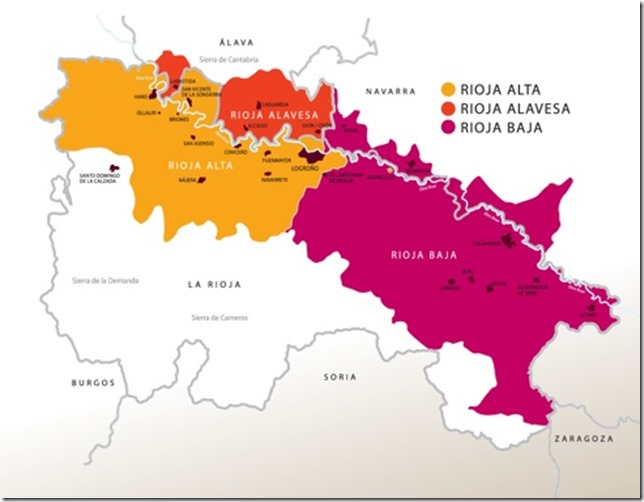
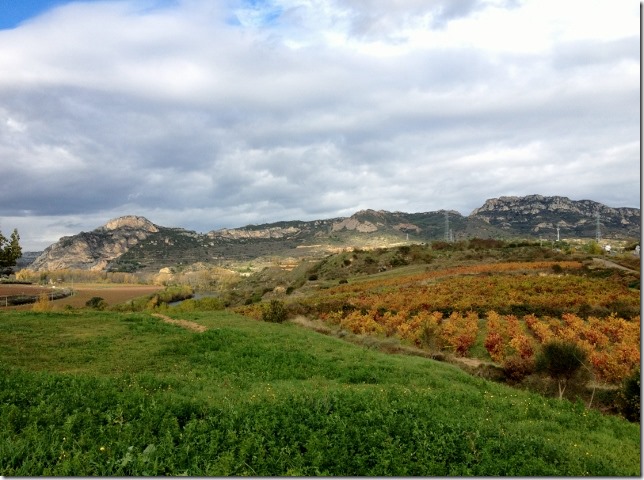
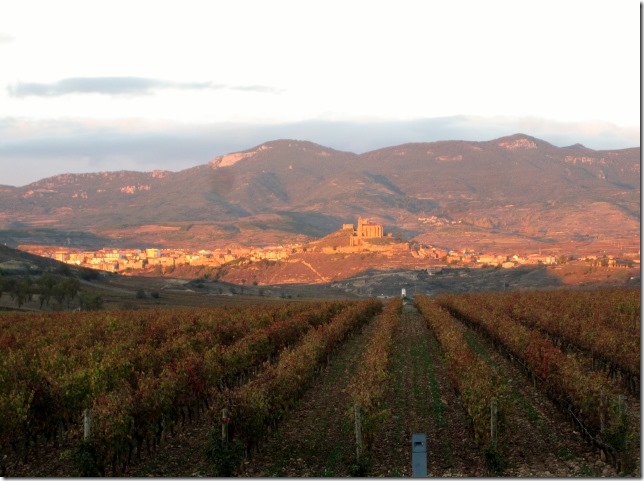
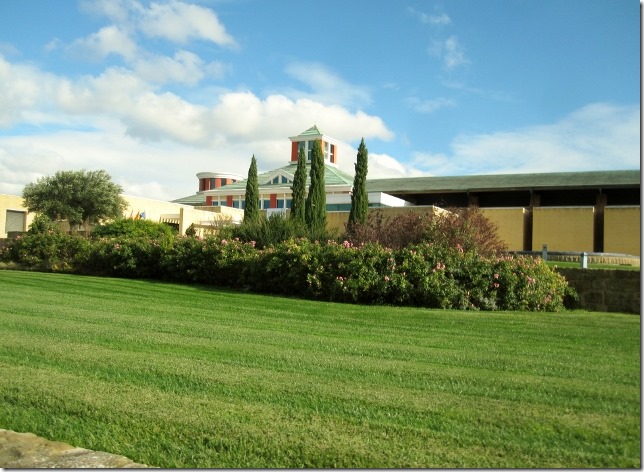
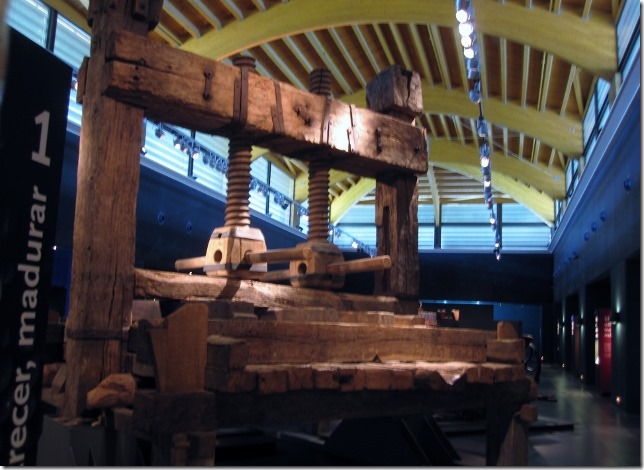
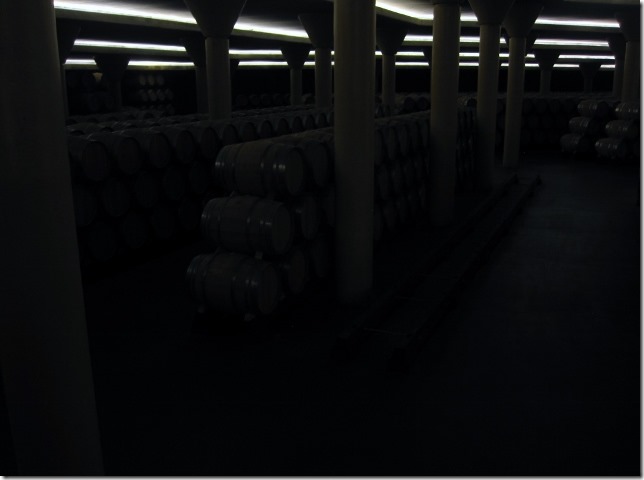
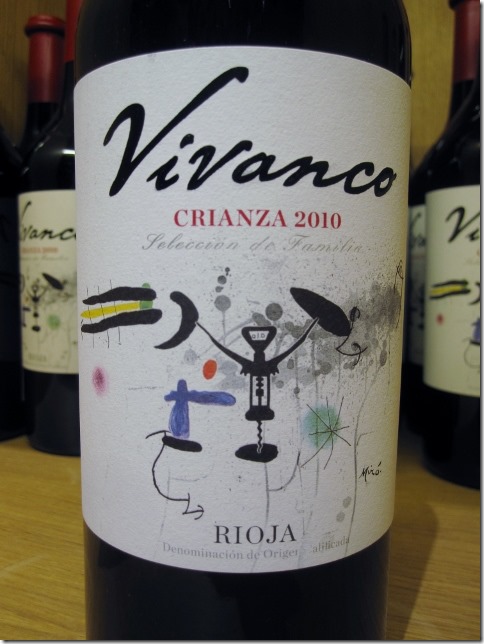
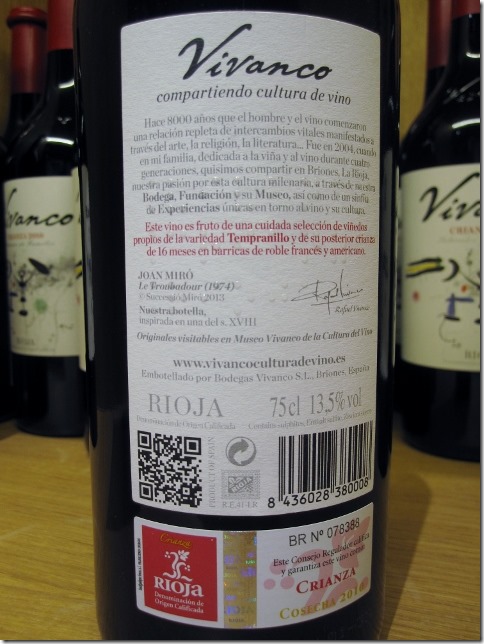
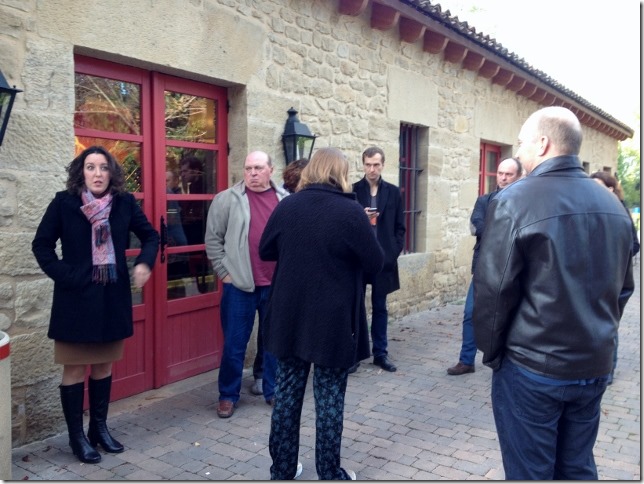
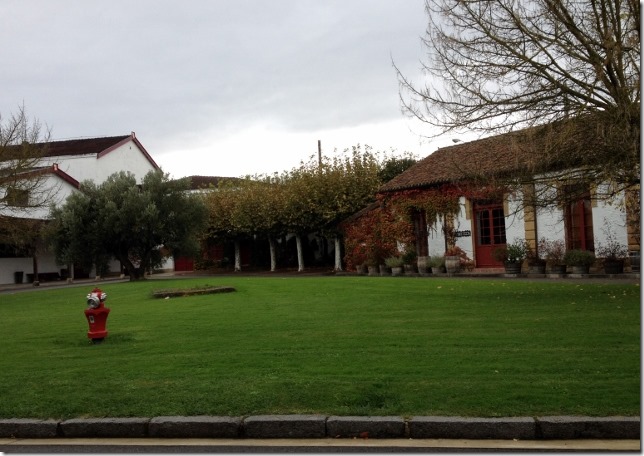
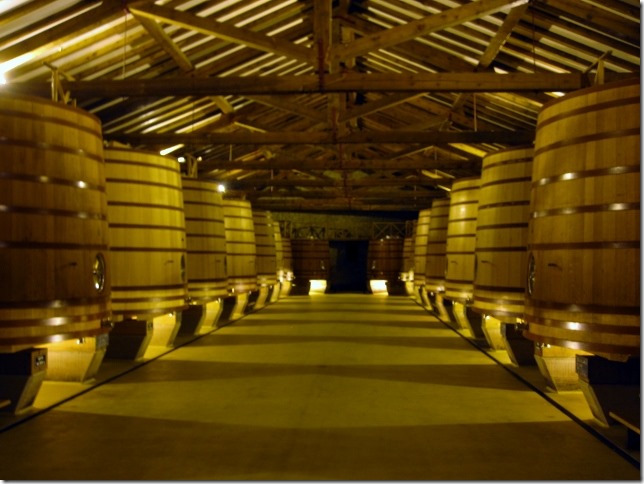
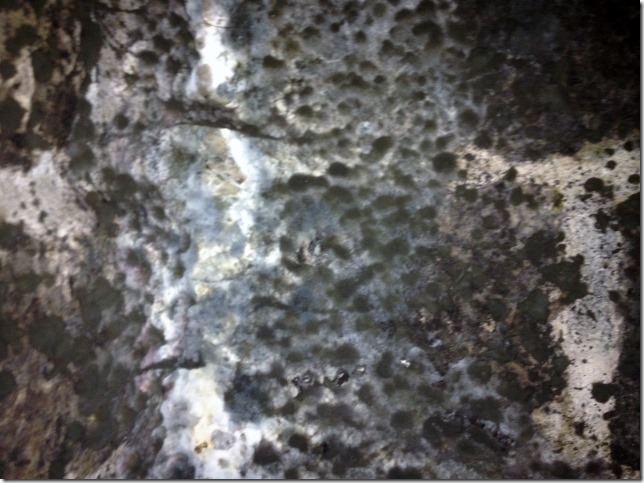
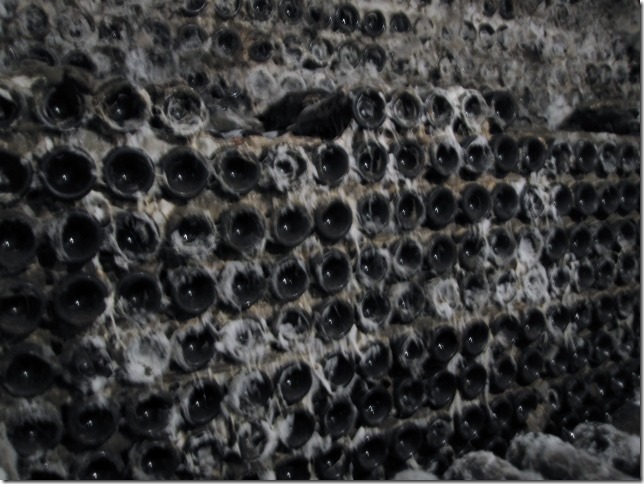
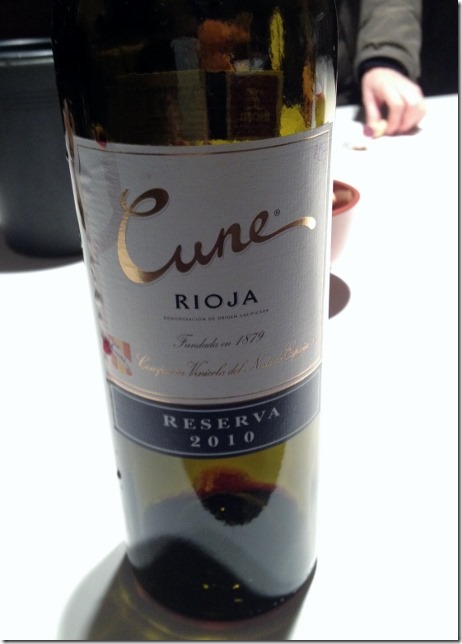
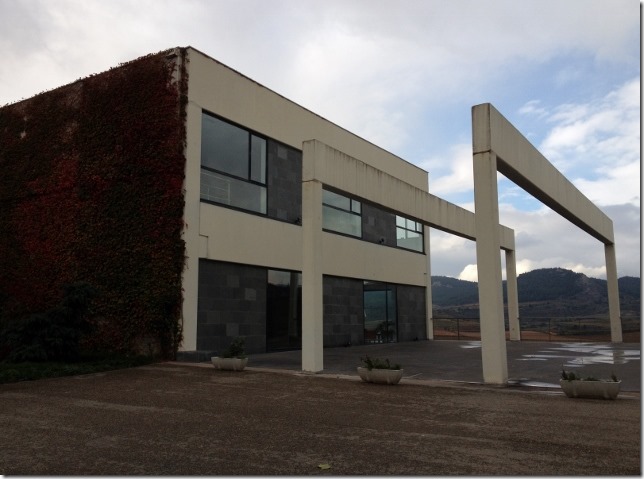
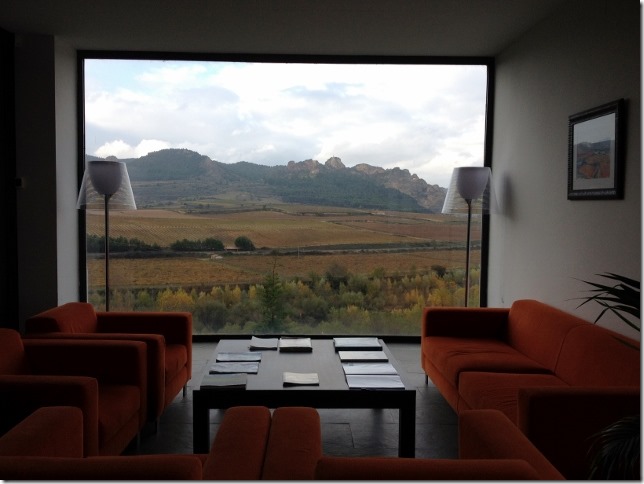
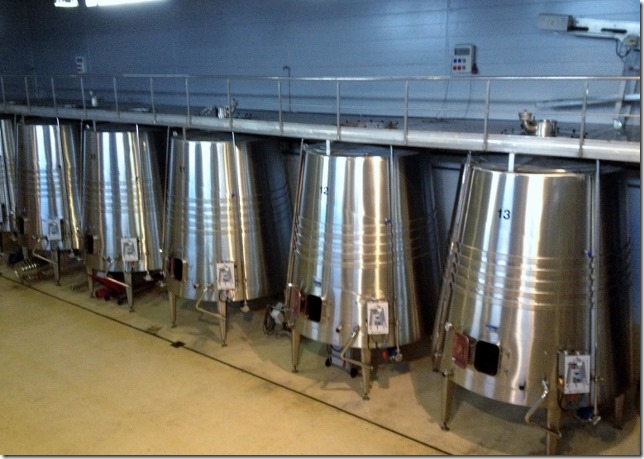
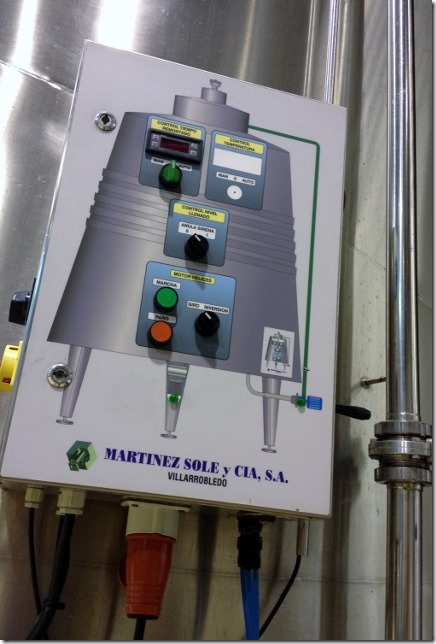
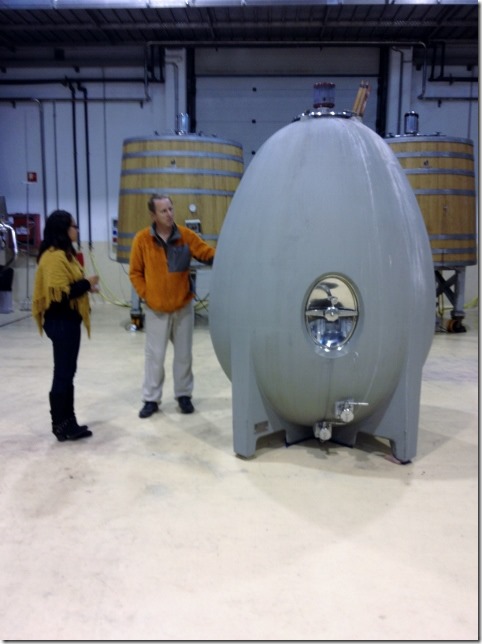
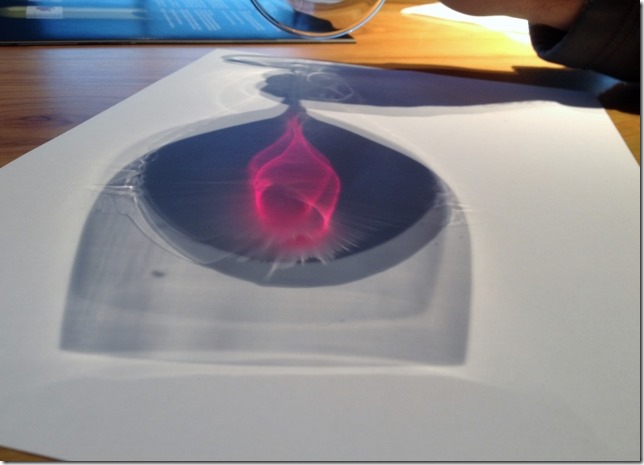








Guau, vaya leccion en rioja! Excelente. El guía de Urbina, no sería Pedro? En Ribera no te olvides de ver a Fermín que vive allí y está deseando veros. Un abrazo, Luis
Muchas gracias Luis. No se como se llama. Por que lo conoces? Estamos ahora en Ribera del Duero y hemos quedado manana con Fermin a las 10.00 en su casa
Interesante la explicación de las bodegas , particularmente no entiendo mucho de ellas , pero siento que voy poniendo interés .
La experiencia es un grado , vosotros lo estáis adquiriendo, algo aprenderemos los demás
Nos gusta. Es interesante. La próxima cata en la ribera del duero